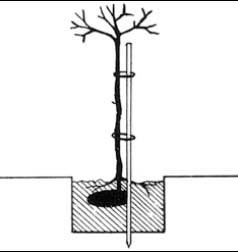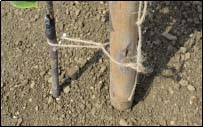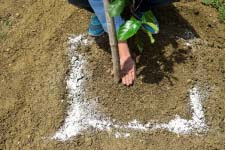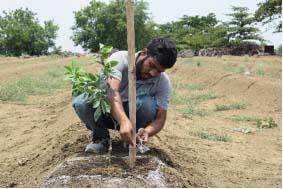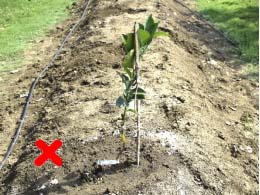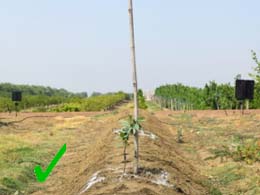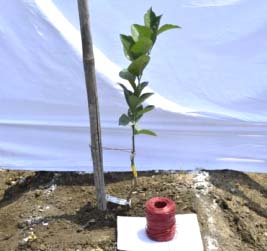Sweet Orange plants, particularly during the early stages of growth, can develop quickly but remain vulnerable to collapsing due to factors like strong winds or heavy rains. Staking the plants on the day of planting can help prevent such damage.
Why stake Sweet Orange plants?
Staking in Sweet Orange is recommended for various reasons –
- Brittle Stems: In their initial stage, Sweet Orange plants have tall, fragile stems with grafted or budded joints, making them susceptible to damage from strong winds.
- Weather Vulnerability: Young plants can be uprooted or split during bad weather conditions, or even from the weight of their own growing branches.
Benefits of Staking Sweet Orange Plants
- Staking keeps the plant upright and provides support during high winds or storms.
- It helps prevent stem breakage, particularly in areas prone to adverse weather conditions.
- Staking aids in training the plant’s structure during its vegetative growth phase.
When to stake Sweet Orange plants
Staking should be done on the same day of plantation.
This provides immediate support and ensures the plant develops proper structure during its early growth phase.
Duration/Period of Staking
Sweet Orange plants should remain staked until their stems have gained enough strength to stand independently.
Materials required for staking in Sweet Orange Plants
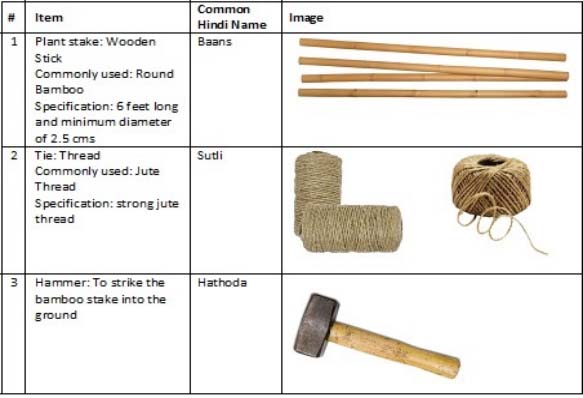
Difficulty level in Staking of Sweet Orange plants-
Easy to Moderate
Sequential steps
Step 1: Take a bamboo 6 feet length and 4 inches diameter.

Step 2: Strike staking bamboo next to stem of Sweet Orange plant. Keep a distance of 4 inches from the stem of the plant. Place the stake at an angle to offer additional support to the plant.
Step 3: Ensure that bamboo stake is penetrated 1 feet below the ground
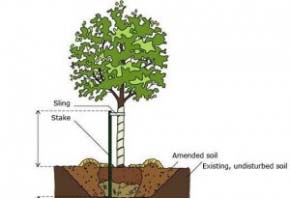
Step 4: Tie Jute thread i.e. Sutli (Thread) at 2 locations in the plant, first at 6 inches above the ground and second at 6 inches below the top leaf of the plant.
Important points and precautions in Sweet Orange plant staking –
Steps of tying
Care of staked plants
Check regularly on Bamboo stake: Ensure that bamboo stake is grounded firmly in soil and is not tilted too much. Ensure that it keeps giving proper support to plant. Replace jute thread if found damaged.
Change of tie position at regular intervals: When the plant achieves growth and its height increases, the position of tie needs to be changed. Remember, first tie needs to be fixed again at 6 inches distance from top leaf of the plant.
Check on Sweet Orange plants regularly and apply additional ties if needed during plant growth stage: Add ties about 6 to 8 inches (15.2 to 20.3 cm) apart. Make sure to secure the tie to the bamboo stake and not the plant. All the branches should not be grouped at a single stake near the plant’s center.
Regularly check the stakes for termites. If found drenching of Chloropyriphos 20% EC – 3ml per litre.


